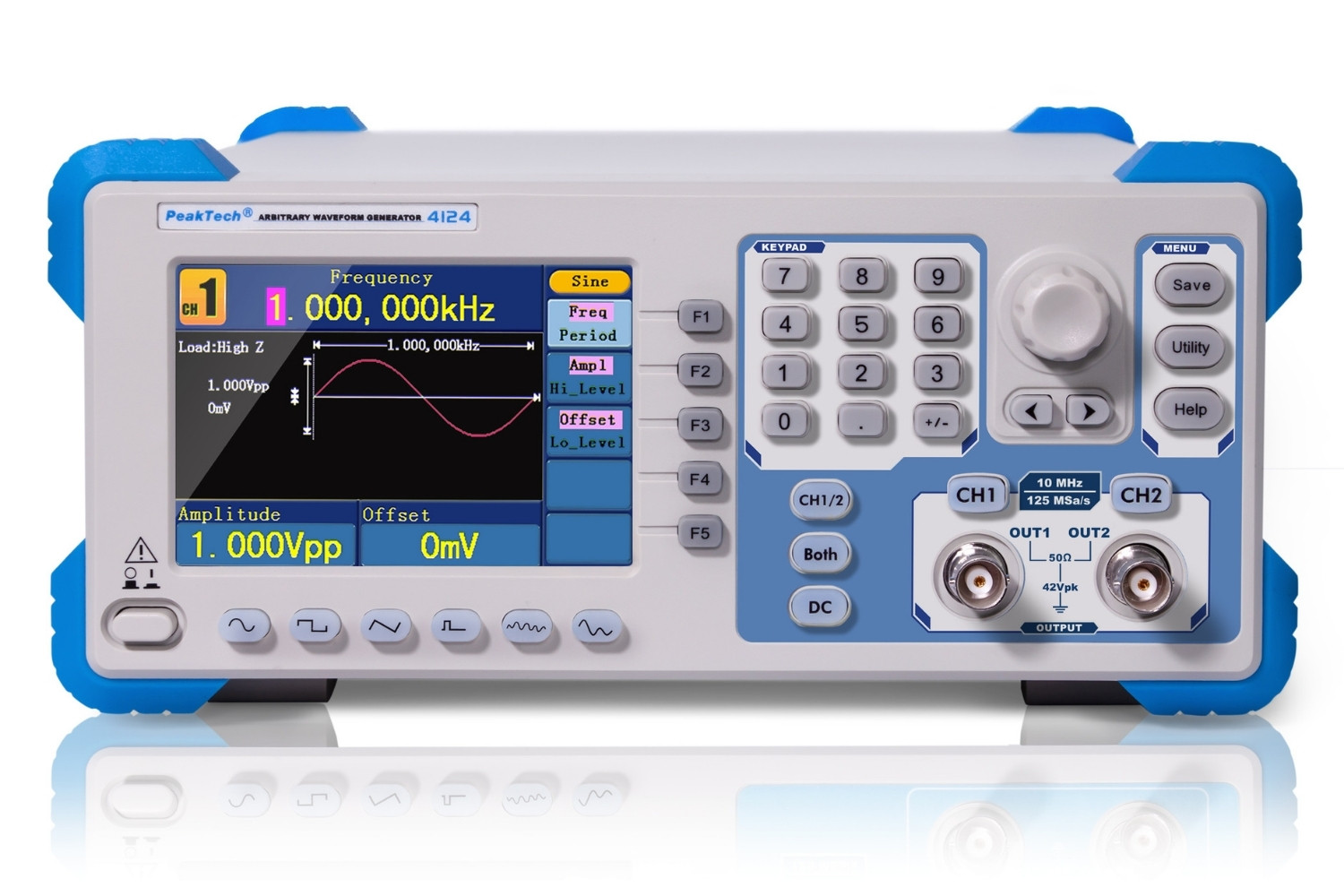
What is an arbitrary waveform generator? An arbitrary waveform generator (AWG) is a device that creates electrical waveforms. Unlike standard signal generators, AWGs can produce any waveform shape, making them incredibly versatile. Engineers and scientists use them for testing and development in fields like telecommunications, electronics, and physics. AWGs can simulate real-world signals, helping to design and troubleshoot complex systems. They are essential tools in research labs and industries where precise signal generation is crucial. With the ability to generate custom waveforms, AWGs offer unmatched flexibility and precision, making them indispensable in modern technology development.
What is an Arbitrary Waveform Generator?
An Arbitrary Waveform Generator (AWG) is a sophisticated electronic device used to create electrical waveforms. These waveforms can be either repetitive or single-shot (once only) in nature. AWGs are essential tools in various fields, including telecommunications, electronics, and research.
- AWGs can generate any waveform, making them highly versatile for testing and development.
- They are used to simulate real-world signals, which helps in designing and testing electronic devices.
- AWGs can produce both analog and digital signals, catering to a wide range of applications.
- They are often used in conjunction with oscilloscopes to analyze the generated waveforms.
How Does an Arbitrary Waveform Generator Work?
Understanding the working principle of an AWG can help in appreciating its capabilities. These devices use digital signal processing techniques to create precise waveforms.
- AWGs use a digital-to-analog converter (DAC) to transform digital data into analog signals.
- The waveform data is stored in a memory buffer and then read out at a specified rate.
- The output frequency and amplitude can be adjusted to meet specific requirements.
- AWGs often include a user interface for easy programming and control of the waveforms.
Applications of Arbitrary Waveform Generators
AWGs are used in a variety of applications, from simple signal generation to complex system testing. Their flexibility makes them indispensable in many fields.
- In telecommunications, AWGs are used to test and develop communication systems.
- They are employed in the automotive industry for testing electronic control units (ECUs).
- AWGs help in the development of medical devices by simulating physiological signals.
- They are used in aerospace for testing navigation and communication systems.
Key Features of Arbitrary Waveform Generators
AWGs come with a range of features that enhance their functionality and usability. These features make them suitable for different testing scenarios.
- AWGs offer high-resolution waveform generation, ensuring precise signal creation.
- They support multiple channels, allowing simultaneous generation of different waveforms.
- AWGs can generate complex modulated signals, useful in advanced communication testing.
- They often include built-in waveform editing tools for creating custom waveforms.
Advantages of Using Arbitrary Waveform Generators
Using an AWG provides several benefits, especially in research and development environments. These advantages make them a preferred choice for many engineers and scientists.
- AWGs offer high flexibility, allowing users to create any waveform they need.
- They provide high accuracy and stability, ensuring reliable test results.
- AWGs can save time by automating complex signal generation tasks.
- They are compatible with other test equipment, facilitating integrated testing setups.
Challenges and Limitations of Arbitrary Waveform Generators
Despite their many advantages, AWGs also have some limitations. Understanding these challenges can help in making informed decisions when using these devices.
- AWGs can be expensive, making them a significant investment for some organizations.
- They require a certain level of expertise to program and operate effectively.
- The memory capacity of an AWG can limit the complexity of the waveforms it can generate.
- High-frequency performance may be limited by the DAC and other internal components.
Future Trends in Arbitrary Waveform Generators
The field of AWGs is continually evolving, with new advancements enhancing their capabilities. Keeping an eye on these trends can provide insights into the future of waveform generation.
- Integration with software-defined radio (SDR) systems is becoming more common.
- Advances in DAC technology are leading to higher resolution and faster AWGs.
- The development of more user-friendly interfaces is making AWGs accessible to a broader audience.
- Increased focus on portability is resulting in more compact and mobile AWG designs.
Final Thoughts on Arbitrary Waveform Generators
Arbitrary waveform generators (AWGs) are essential tools in modern electronics. They create complex signals, making them invaluable for testing and development. From telecommunications to medical devices, AWGs play a crucial role in ensuring equipment functions correctly. Their versatility allows engineers to simulate real-world conditions, leading to more reliable products.
Understanding the key features of AWGs, like sampling rate and resolution, helps in selecting the right tool for specific applications. As technology advances, AWGs continue to evolve, offering higher performance and more capabilities. Staying updated with the latest developments ensures you get the most out of these powerful instruments.
Incorporating AWGs into your workflow can significantly enhance testing and development processes. They provide the flexibility and precision needed to tackle complex challenges. Embrace the power of AWGs to drive innovation and achieve better results in your projects.
Was this page helpful?
Our commitment to delivering trustworthy and engaging content is at the heart of what we do. Each fact on our site is contributed by real users like you, bringing a wealth of diverse insights and information. To ensure the highest standards of accuracy and reliability, our dedicated editors meticulously review each submission. This process guarantees that the facts we share are not only fascinating but also credible. Trust in our commitment to quality and authenticity as you explore and learn with us.
